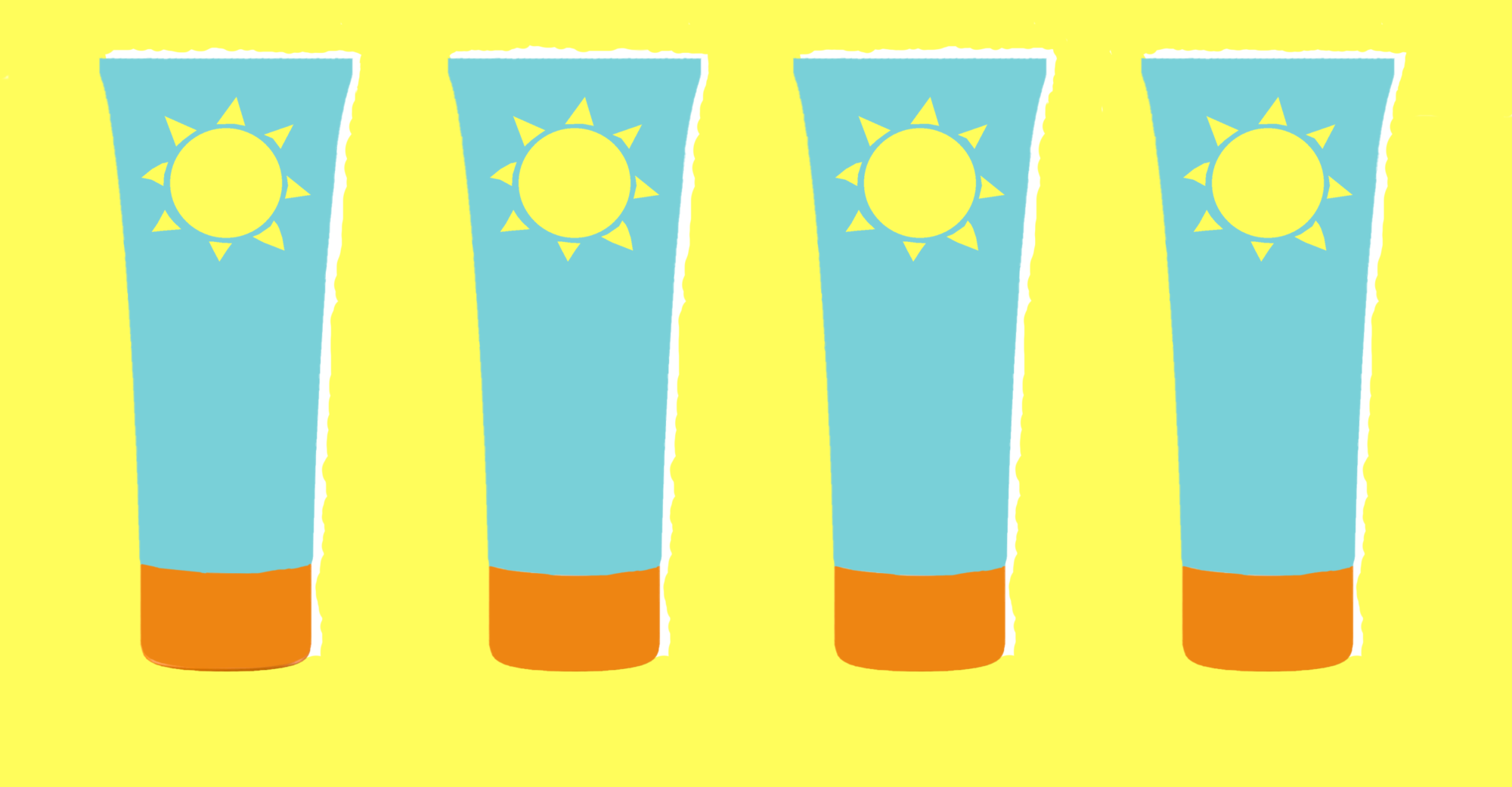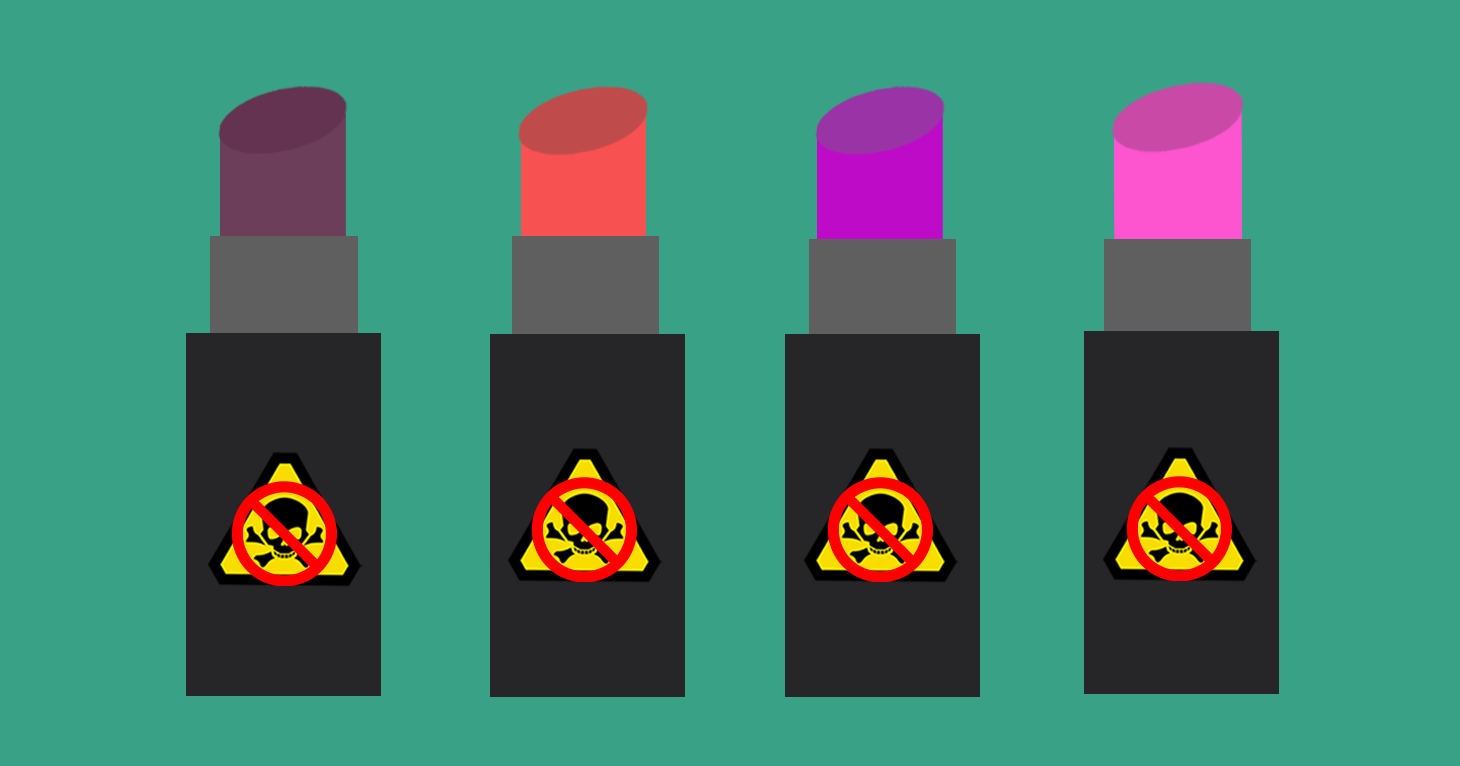
CATrends: Benzene in Sunscreen Products
Lawsuits allege labeling fails to disclose sunscreen products contain carcinogen.
Ever since commercials for Latisse, which began running in 2009, convinced women that hypotrichosis (inadequate hair growth) was a condition that they should take seriously, eyelash growth products have taken off. But do they work? Here’s some info to help you separate fact from fiction when it comes to having lush lashes.
How eyelashes work: Your eyelashes grow in a really slow three-phrase cycle.
Eyelashes grow in a cycle that lasts from 5 to 11 months. They go through anagen, a growth phase, for 1-2 months; catagen, a transition phase, for approximately 15 days; and telogen, a resting phase, for 4-9 months. Lashes grow at a rate of about .15 mm/day, which is much slower than scalp hair. As with all hair, you are born with the number of eyelash follicles you will die with. Thus, you may be able to achieve longer lashes, but never expect the actual number of lashes you have to increase. And expecting quick results will leave you disappointed, too.
Prescription: Latisse is the only proven eyelash growth stimulator.
The only prescription eyelash growth product available today is bimatoprost ophthalmic solution 0.03%, sold in the U.S. under the brand name Latisse. Bimatoprost is thought to work by increasing the number of lashes in the anagen phase of the eyelash growth cycle, and the duration of this phase. If you use this product, more of your eyelashes will be growing, and they will be growing for a longer period of time. The downsides to Latisse are that it is expensive (about $120 per bottle), it can have some side effects (including rare but irreversible eye color change), and it has not been studied for long-term use beyond four years.
Over-the-counter: Most aren’t effective and have not been tested for safety.
There are many lash growth or conditioning products available over-the-counter. “Active” ingredients are typically exotic sounding natural extracts (which don’t do much), vitamins (which don’t do much), peptides (which don’t do much), or prostaglandin analogs related to bimatoprost. Out of all of these ingredients, only the prostaglandin analogs have some possibility of working. LiLash, RevitaLash, and RapidLash are three products that contain prostaglandin analogs, but before you run out and buy any of these products, remember that the reason you don’t need a prescription for them is that they are classified as cosmetics and not drugs. They are not regulated or tested, as drugs are, to be safe and effective. And some of them have gotten into trouble in the past, both with the FDA and the company that makes Latisse, for blurring the cosmetic/drug line.
Beauty expert Paula Begoun, author of several cosmetic guidebooks for consumers, has this to say about over-the-counter lash products:
Most of them are little more than hairspray with exotic plant extracts, while some contain peptides claiming to grow hair. What products like Marini Lash and L’Oreal’s Double Extend Lash Boosting Serum all share is not a shred of research showing they do anything but shrink your wallet and stretch reality.
Bottom Line:
If you absolutely must have longer eyelashes and you don’t mind the possibility of side effects, Latisse is the only proven option. Otherwise, a good eyelash curler and mascara can do temporary wonders. Or there are always these.
Lawsuits allege labeling fails to disclose sunscreen products contain carcinogen.
Instagram stories used filters that ASA said misleadingly exaggerated results tanning products could achieve.
Without a strong legal definition for “non-toxic,” cosmetic companies are making it up as they go along.


